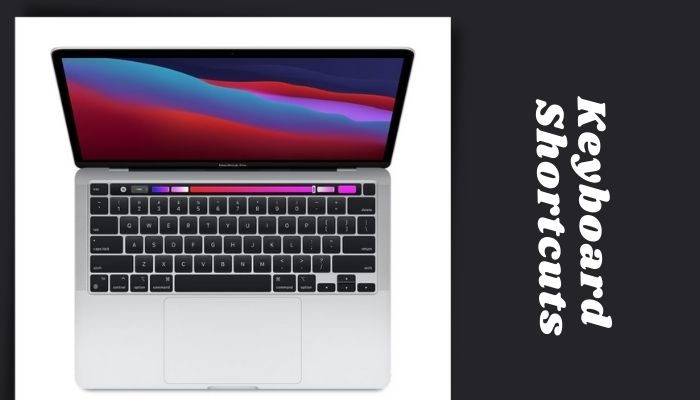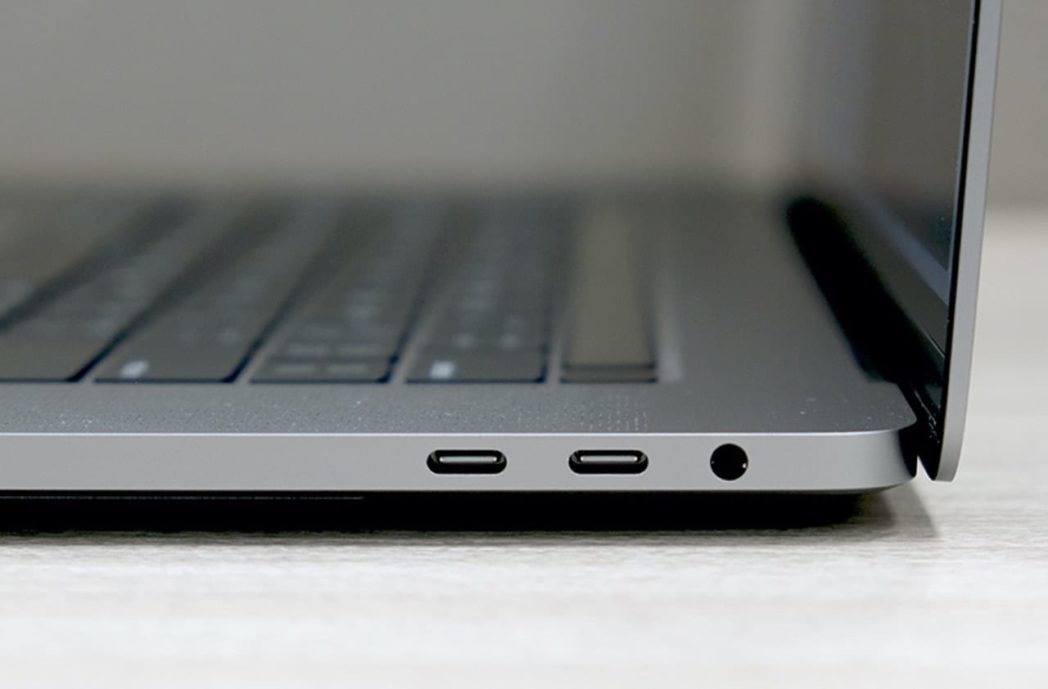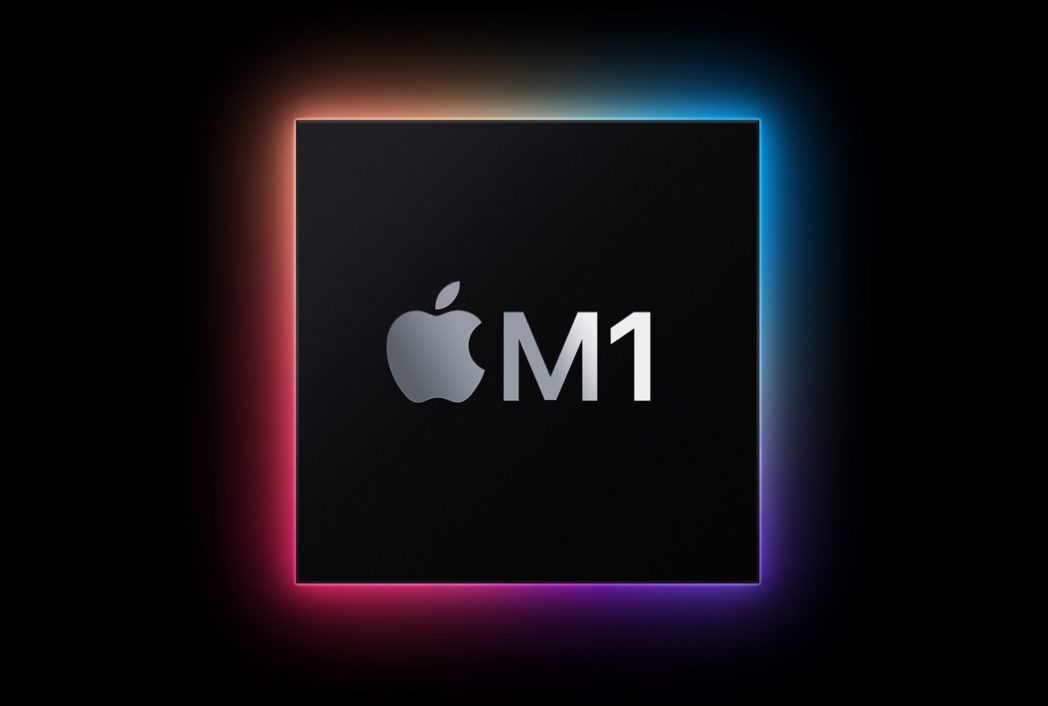Apple launched its M1 chip in November 2020. Since then, Apple fans and critics overall are surprised by Apple’s decision to not include Intel processors in its MacBook. Naturally, people were worried about the price since the Cupertino giant sells premium products (apart from its SE series iPhones and Watch). It turns out; Apple proved us all wrong. Its M1 chip is actually cheaper than its Intel counterpart.
Why is MacBook M1 cheaper than Intel?
Even though the decision baffled many, it was a welcome change. But before it was launched, Apple announced the iPad Air 2020 with an A14 Bionic chip – the most powerful chipset on a smartphone. Its launch fueled talks that Apple’s own processor for its computers would blow every competitor out of the water. I will elucidate why MacBook M1 is cheaper than Intel.
I have listed a few technical reasons as to why Apple’s MacBook M1 is cheaper than Intel.
Related | Why MacBook Pro is the best for Video Editing
1. Apple M1 Chip vs. Intel Processor
If you are confused about why Apple calls M1 a chipset and refers to Intel as a processor on their website, let me make it easy for you. The Cupertino giant labels its M1 as a ‘system on a chip’ or SoC because it takes various components typically separate and amalgamates all of them on a single chip.

These components include the CPU, USB and Thunderbolt controllers, graphics processor, Secure Enclave, image signal processor, audio processing hardware, Neural Engine, etc. Every chip element is contained inside the Apple M1’s chip, whereas they are unconnected in the Intel version.
2. Apple Tax
Since Apple equipped their own chip in the new MacBooks, users weren’t charged for Intel-like upgrades. Moreover, in the US, the 512GB M1 MacBook is priced at $1,499, while the 512GB Intel MacBook is priced at $1,799. That’s a $300 (₹21,700) difference.
3. Performance
Apple M1 chip is based on A12 and A14 Bionic chip architecture. In simple terms, it means that Apple brought their years of efforts on iOS to MacBooks. The CPU in M1 is closely unified with the RAM, hence ‘Unified RAM.’ Apple is gradually bringing their mobile device technology onto the Mac systems. Apple’s earlier R&D is coming to fruition in the form of the M1 chipset.

Moreover, Unified RAM is faster as the computation time between when the processor sends the order and when the RAM receives is swift compared to the usual systems. This also means that the base 8GB model performs better than other traditional systems.
4. Customization and Ports

M1 MacBooks doesn’t have 32GB RAM options. You can trust Apple to be stubborn and not give users a high level of customizations. Having less RAM and storage means cheaper options. The same isn’t with Intel MacBooks.
Fewer ports mean a thinner laptop and reduced cost. The M1 MacBooks have 2 (thunderbolt) ports for connectivity, whereas the Intel MacBooks have 4 ports (thunderbolt and eGPU).
5. Technical hindrances
The MacBook Air employs an M1 chip similar to the MacBook Pro, but it doesn’t have an active cooling system of any kind, and since the fan’s been removed, it operates too hard for too long, and that’s when it will restrict or throttle itself back to keep working. The MacBook Air’s M1 chip is equipped with only a seven-core GPU, rather than the eight-core GPU available in other models. If you go all out in terms of specification, there’s not much difference in order to add that GPU core, but as there’s a subtle difference.
Moreover, the MacBook Air M1 is constrained since it comes with either 8GB or 16GB of RAM, only two Thunderbolt ports, four high-performance processor cores, four high-efficiency processor cores, and a seven- or eight-core GPU. You can either buy it or wait for 2021 MacBooks. This is one of the reasons why Apple could price the M1 MacBooks cheaper than Intel MacBooks.
In the Customization and Ports section, I have also mentioned that the M1 MacBooks do not have eGPU ports. Suppose you plan to buy the new M1 MacBooks for hardcore video editing, motion graphics, and graphical processing. Intel version doesn’t have this limitation.
FAQs
Should I buy MacBook M1 or Intel?
The Apple M1 MacBook would make more sense for many since it offers good performance in most tasks, ensures 20 hours of battery life, and is cheaper than the Intel MacBook models. But professionals should still prefer the Intel MacBooks.
Is the Apple M1 chip worth it?
Yes. When it comes to CPU performance, the M1 blows Intel MacBook out of the park. It has the fastest single-core version of any Mac, and the multi-core performance is close to many of Apple’s desktop machines.
Is the M1 chip better than i7?
Yes. The new M1 chip is faster and more power-efficient than the Intel Core i7 processors used in the old MacBook Pro models.
Is Apple M1 chip useful for gaming?
Unfortunately, the M1 chip isn’t cut out for gaming. Since it’s an ARM processor (and not an x86), developers will have to port it to Apple’s platform. Moreover, the exclusion of fans means that the MacBook Air throttles much earlier than its Pro counterpart.
Why is the M1 chip so fast?
Apple makes use of memory mode called ‘low latency and high throughput’ – that serves huge chunks of data and that too swiftly. This means that there isn’t the need to have two different types of memory, making copying all of the data between them faster.
Conclusion
The omission of ports, no Apple tax, some technical limitations, and performance are some factors that make the MacBook M1 cheaper than Intel. Even though users will see a subtle difference between M1 and Intel MacBooks, it isn’t much. We are all aware that Apple takes quite some time to improvise their products, but every minuscule update is worthy. We will have to see how its own “chip” treats the future MacBook Pro models.
Resources:
Are you considering buying the MacBook with an M1 chip? Are you willing to upgrade for a newer cheap? Which would you prefer, Apple M1 chip or Intel processors? Express your thoughts in the comments below.





